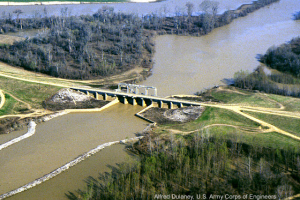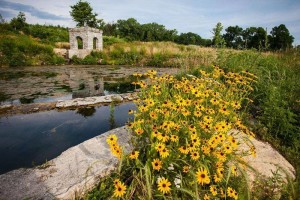Healthy rivers, coasts, and wetlands provide vital fish and wildlife habitat, absorb flood waters and protect communities from storm surges, provide clean water, recharge ground water, and increase our ability to withstand the impacts of climate change. The Water Protection Network has achieved important success in protecting these vital resources by stopping highly destructive water resources projects and modernizing key laws and policies that guide the planning of federal water projects.
Our successes include:
Yazoo Pumps Veto
In one of the greatest water-related conservation victories of our time, The Network and its member groups led successful efforts to obtain a Clean Water Act veto of the devastating Yazoo Backwater Pumping Plant. EPA’s August 2008 veto has protected more than 200,000 acres of ecologically significant wetlands – an area larger than all 5 boroughs of New York City – in the heart of the Mississippi River flyway. The Network led local and national outreach efforts critical to this victory, providing crucial support to the extensive advocacy work carried out by numerous Network members on this project.

Critical Reforms to Corps of Engineers Planning
The Network and its member groups were instrumental in obtaining significant reforms to the Corps of Engineers planning requirements in the Water Resources Development Act of 2007. Key reforms include: mandatory independent peer review for costly or controversial Corps project studies; strict and extensive mitigation requirements for Corps civil works projects; and a new water resources planning policy that requires all water resources projects to protect and restore the environment. WRDA 2007 also directed development of a new set of planning principles and guidelines, the fundamental guide to the way the Corps plans and selects projects.

New Planning Guidelines that Protect the Environment
The Network and its member groups led successful efforts to ensure that the new Water Resources Planning Principles, Requirements and Guidelines (PR&G) focus on protecting the environment. The PR&G require planners to recognize the importance of: healthy and resilient ecosystems; protecting and restoring floodplains; analyzing and accounting for climate change; and utilizing environmentally protective nonstructural solutions. The PR&G apply to both new projects and project operations, and for the first time direct agencies to account for ecological damage as a project cost.

Financial Support to Member Groups
The Network has distributed more than $185,000 in action assistance grants to its members. These grants have helped Network members obtain technical assistance from lawyers, scientists, and economists on 54 federal water projects and wetland permits.

